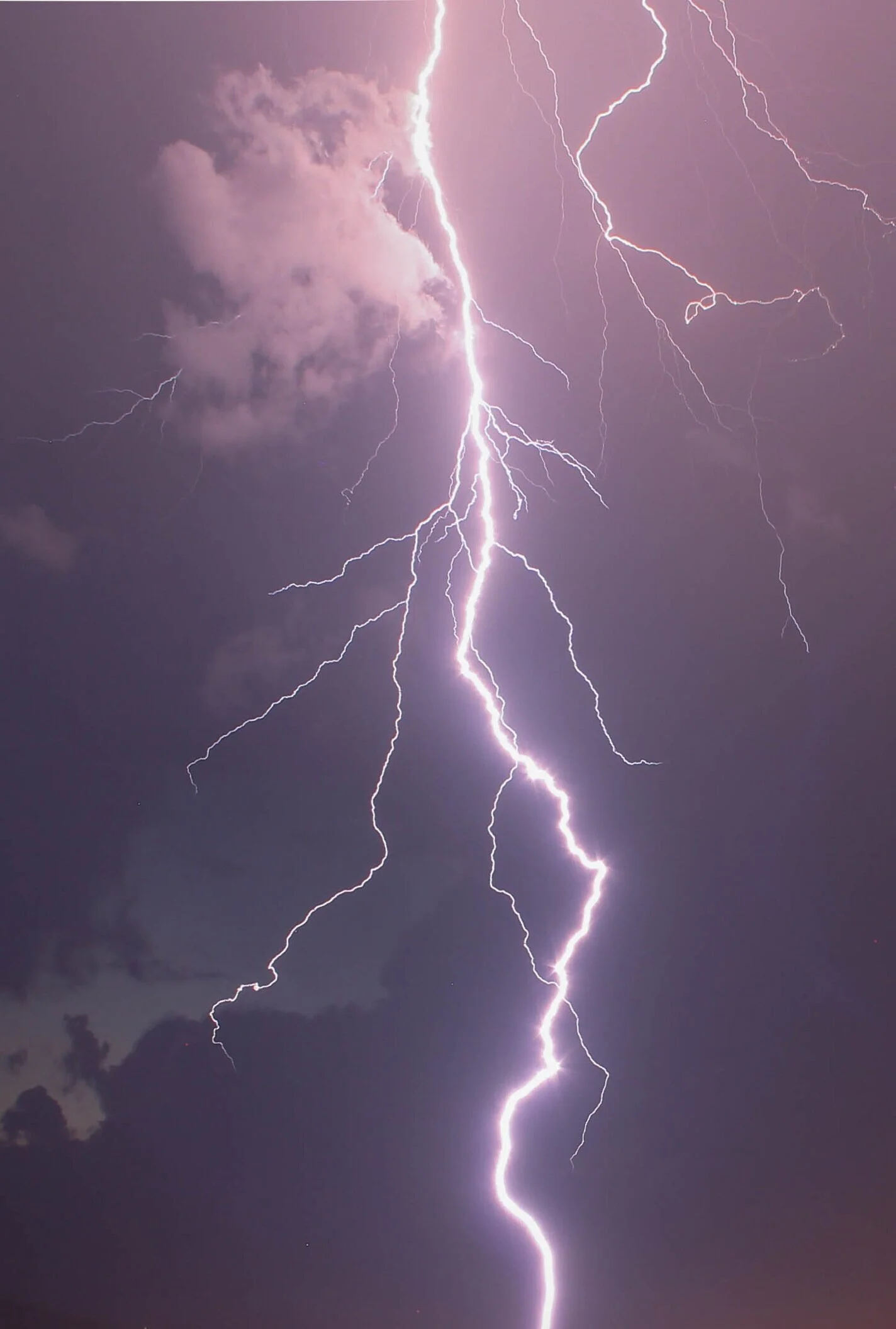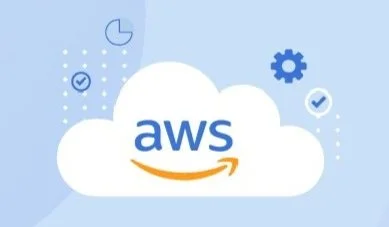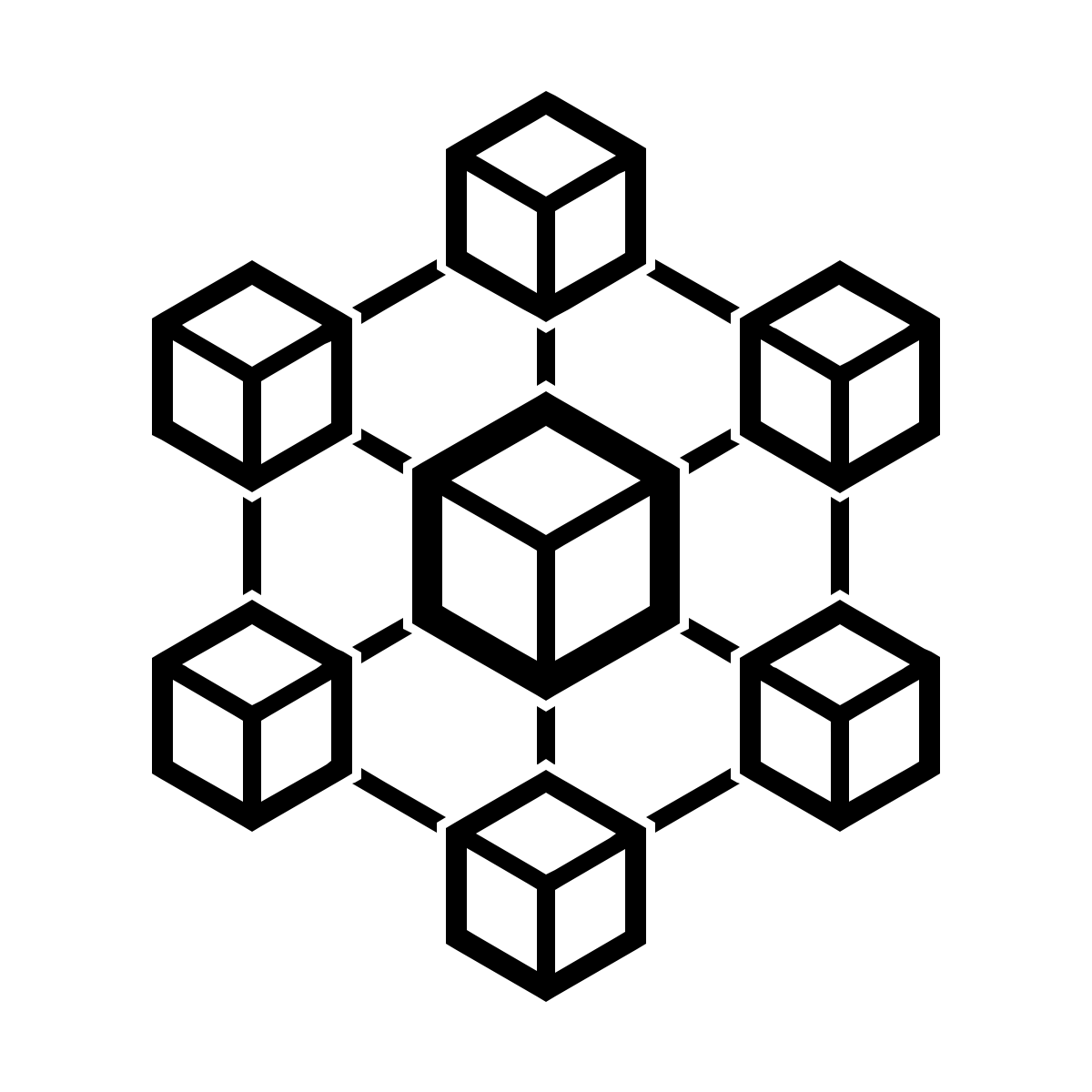Building Next-gen Transport Management System (TMS)
Arkitech has many years of experience with logistics, and for the last 2 years we have been working on designing and developing the next generation Transport Management System (TMS) in close cooperation with a customer.
In this post I am writing about why we call our new system a next generation TMS. I am only covering the most important topics from both a technology and business perspective so it is understandable for both business- and technical focused readers.
Moving to the cloud
Moving computer systems from premises to the cloud has been ongoing for some years now, also for transport management systems. However, for many TMS vendors, moving to the cloud only means to use some server at the cloud vendor instead of an inhouse server, and not using all the possibilities that comes with a cloud solution built from the ground up.
The reason for this is that re-building the system from the ground up with cloud services is a big, complex, time consuming and expensive investment. Just moving an old system to the cloud could give some benefits, but these systems will not be able to take advantage of the latest technology of the cloud vendors. In short this means higher costs, less flexibility, and longer time between new versions and functionality.
Designing for cloud services
Arkitech has many years of experience with logistics, and for the last 2 years we have been working on developing the next generation Transport Management System, designed in close cooperation with a customer, and with an architecture built on cloud services.
Next generation TMS
So, what is “Next generation TMS”?
Cloud services with microservice architecture
First, it is about designing and building the system from the ground up, using cloud services from a global cloud service provider. By using the cloud service providers best practices, we build a system with high scalability, high security, great data loss protection and recovery, unlimited data storage capacity, around the world accessibility and lower costs.
Using a global service provider also gives us access to the newest technology at an affordable price.
The system is built with microservice architecture, and even if this is complex and often comes with a high start-up cost, there are benefits like high scalability, high agility, high application security, high data security and high fault tolerance. However, more important for the next generation TMS, is the ability to add, change or replace business modules, fast, easy, cost efficient and with new technology.
Logistics flexibility
Increasingly complex logistics and supply chains, require the core of the logistics system to be extremely flexible.
This flexibility is needed to be able to do all thinkable and unthinkable combinations of transports, including the ability to split and combine shipments into multiple parallel and/or serial transports, with multiple internal and/or external carriers - also after the transport has started!
To be able to create this extremely flexible logistics system, we have spent a lot of time and resources modelling and designing the system business model. Many stakeholders from transport companies has been involved in this design, to make sure the model is flexible enough to handle todays, and tomorrows flexible and complex transport requirements.
Business flexibility
With an increasing number of carriers and customers involved in shipments, the system must have great flexibility in handling the business with multiple parties involved.
As the complexity of logistics are increasing, multiple parties can be involved in a shipment, where each part of the transport might have different carriers, and the cargo might change owner during transport. To handle the business of this, we have added the ability of splitting invoices on every party involved, and the ability to allocate costs on a detailed level.
Another aspect of the business is pricing. In a world with a lot of insecurity, rapidly changing costs in a competitive market, flexibility in pricing the logistics services are vital. To meet this requirement, price contracts have a lot of properties on a detailed level, with validity date span that can be changed or added quickly.
Profitability
Making the right choices to maximize profits, involves evaluating a lot of information. Decision support from the system makes this job much faster and easier for the user.
Transporting cargo from one location to another might involve multiple carriers doing parts of the transport between the origin and destination locations. This gives multiple different scenarios with different internal and external carriers, and it can be hard to see what combination gives the best profit.
Our next generation TMS is displaying estimated profit in all views where user choices might impact the profit. As an example, changing carrier or changing type of transport (road/sea/air/train) will change the transport costs, which also impacts the profit.
By making the user aware of the impact of the choices she/he is doing, the user gets vital decision-support to make the right choice (the most profitable choice might not be the right one, because of other criteria, but it makes the user aware of the profit impact of the choices taken).
Efficiency
User efficiency largely depends on a great user experience (UX).
To work efficiently in a system, an intuitive user interface with a great user experience is very important. When the business of logistics is becoming increasingly flexible and complex, the need for an intuitive user interface becomes even more important.
Our user interface and user experience designers have spent a lot of time with users to design the best possible user experience, making the users able to work very efficient with complex logistics and business scenarios.
Integration and standardization
To increase efficiency and data quality, integrations based on international standards are essential.
Exchanging information between systems is key to work efficient in todays computer systems, and for an increasingly complex supply chain, it is extremely important to minimize manual work and deliver high data quality.
We are using standardized data and data formats everywhere this exists. Data flow is based on international standards, and we are using standard integration methods for easy and cost-effective integrations.
Data collection and availability
Real time operational information about cargo and infrastructure is important for efficiency, is a requirement from customers and carriers, and can have a great impact on the profit.
To make movement of the cargo to flow as fast and efficient as possible, and to satisfy requirements from other carriers and the customers, live information of cargo status and position is essential. This means that every carrier needs to collect this type of data in real time, and have systems and sensors taking care of this at the vehicles carrying the cargo.
We have built mobile and tablet apps for collecting cargo operation status, and position information, giving real-time data to our TMS. When using a 3. party carrier for parts of, or the whole transport, we have a special app for collecting operational cargo data, for carriers not using such as system. This app is free of charge for 3. party carriers, is very user-friendly with just a click on a link to download the cargo. This makes sure we get end to end track & trace information, damage information, deviations and documentation like pictures, for all parts of the transport.
By using consumer mobile phones and tablets to collect data, the hardware investment cost is very low, and when a device needs to be replaced, this type of equipment is available everywhere. Another great advantage of using a tablet/mobile app, over using an app on an industrial computer, is much better user experience with intuitive user interface, low training costs, and a lot of hardware sensors available.
Digital “paper flow”
While there is still a long way to go for real digital documents, signing and exchanging documents digitally is a requirement, but we also have to be prepared for new technologies like block-chain.
Even if parts of the industry have adopted digital transport documents and signatures, there is still a long way to go. For the most part digital documents in this context are pdf documents or images signed with a digital signature, using a 3. party digital signature service provider. The next generation transport management system will probably use digital documents based on block chain technology, but unfortunately there is still no standard for this.
While waiting for a standard, our system supports using 3. party digital signature vendors, to create a document signing process, and linking this to the transports in the system.












